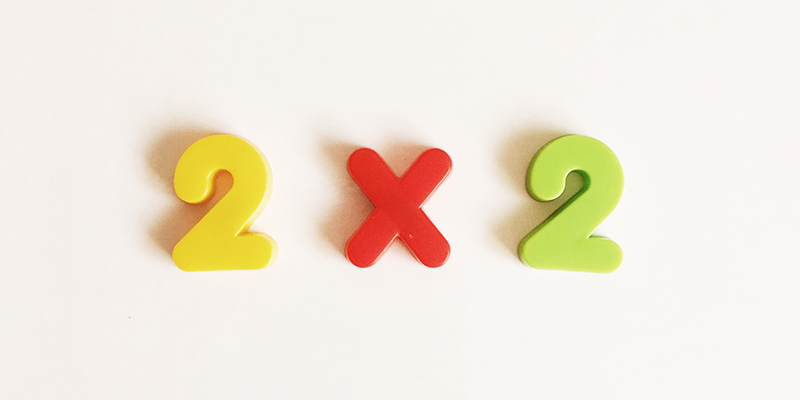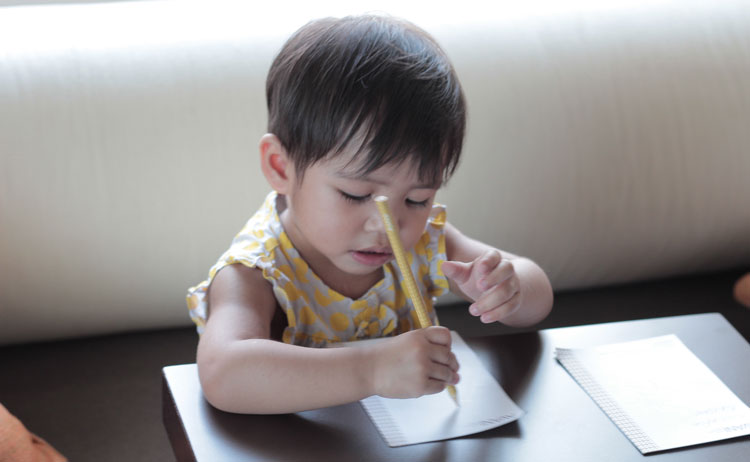
Take A Brain Break: Interesting Math Trivia To Brighten Your Day
Take A Brain Break: Interesting Math Trivia To Brighten Your Day
In our day to day lives, we come across math functionalities and apply it without even realizing its significance. At the grocery store weighing veggies, paying bills, speculating what stock to invest in, checking how many steps you need to walk more to achieve your fitness goals, or even calculating the time that you would take to drive down to a certain destination, all of this requires the use of math. Love or hate math, students can’t escape learning math, even though it might seem scary sometimes. In recent times, there are many math apps and learning tools used in countries like GCC, UAE, the West, and even India, to make a boring subject like math, more engaging. Want to make numbers your best friend? Read through this Blog and see how interesting Math Trivia could be. Here are few samples:

- In North Germanic ancient times in Medieval Norway, the word ‘hundrath’ was used, which later came to be called as ‘hundred’. And ‘hundrath’ actually meant 120 and not 100. We still wonder what the logic could be behind naming 100 as ‘hundrath’ back then?
- The term ‘Google’, world’s most popular search engine in today’s time, was derived from the word ‘googol’. It basically means 1 followed by 100 zeros (or 10100 ). The idea was proposed by mathematician Edward Kasner’s young nephew back in 1937, and Google wanted to communicate the message that its ‘search engine’ is capable of processing a huge amount of data, such as that infinite number.
- Ever wondered who discovered math? Well, while the formal introduction might have been done in 3,000 BC by ancient Sumerians who built civilizations in Mesopotamia, but the marking on animal bones indicate that humans were practicing math since 30,000BC.
- When you re-arrange ‘11+2’ to ‘12+1’ the answer to both these sums is 13. This is an example of an anagram, where the digits are re-arranged to form a new equation, but having the same answer.
- Next time you casually say ‘i’ll be back in a jiffy’, here’s what it actually means. A ‘jiffy’ is defined as a unit of time which actually means 1/100th of a second.
- ‘Four’ is the only number in English language that is spelt with the same number of letters as the number itself. No other number has the same number of letters that matches the digits. Try it for yourself!
- The number ‘zero’ is taken from the Arabic word ‘sifr’ and is also indicated as zip, nil, zilch, or naught. Unlike Roman numerical such as I – for 1, V – for 5, and X – for 10, the number ‘0’ does not have any Roman equivalent indication.
- If all the numbers where arranged in alphabetic order, ‘eight’ would come first. Now why don’t you try finding out the last number in the alphabetic sequence.
- Take a dice and roll it. Now try totalling up the numbers on the opposite side of the dice. They will always add up to seven. We urge you to try it now!
- Can you think of all the prime numbers between 1 to 100? Yes, they would be (2, 3, 5, 7, 11, 13, 17, 19, and so on). Now can you spell each of them? You would be amazed to know that, number 2 – ‘two’ is the only prime number that doesn’t have the letter ‘e’ in its name.
- Did you know this social media friendly # or hashtag sign has a special term name called as ‘octothorpe.’ Pretty cool fact for you to share with your social media buddies!
It’s time for you to share these Math Trivia with your classmates and show-off your knowledge. Mathletics is a cool platform that supports 2,00,000 math teachers across the globe to give students the dual advantage of mastering the subject, while having fun. Schools across the world, including Dubai in the Middle East, collaborate with Mathletics platform, to go beyond conventional textbooks and make mathematics more interesting. Students are even rewarded with a certificate of achievement to motivate them to flaunt their achievements.














Recent Comments